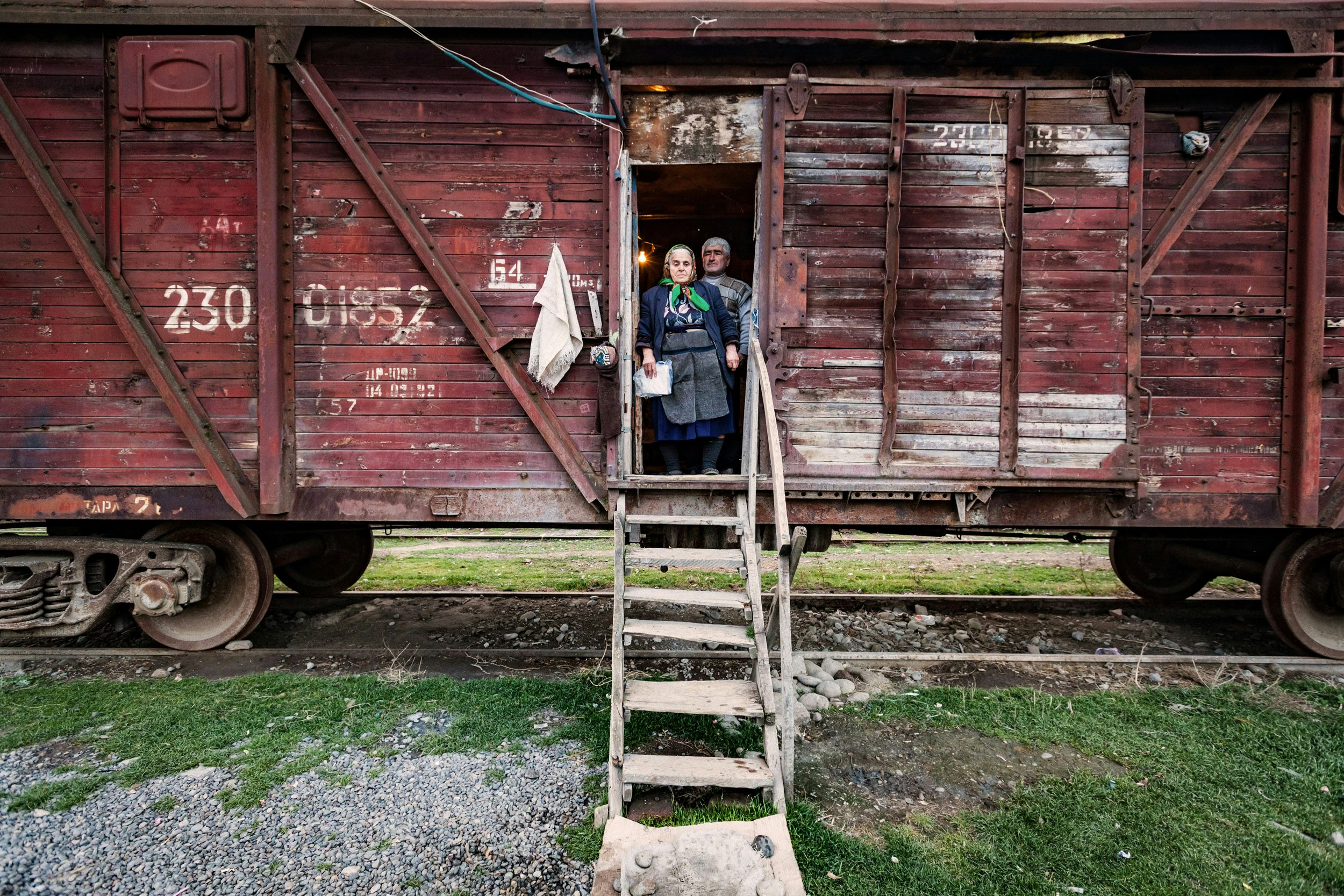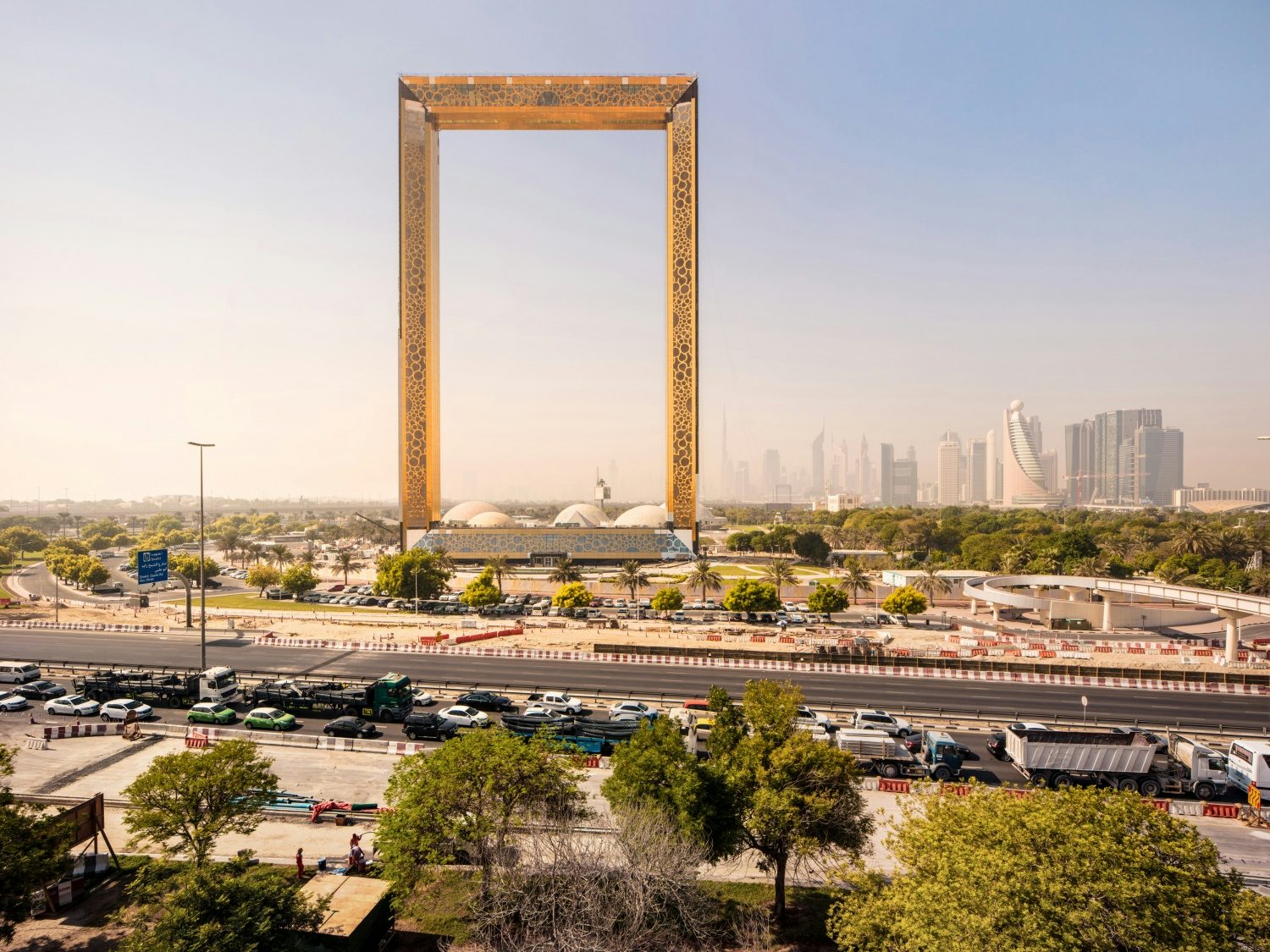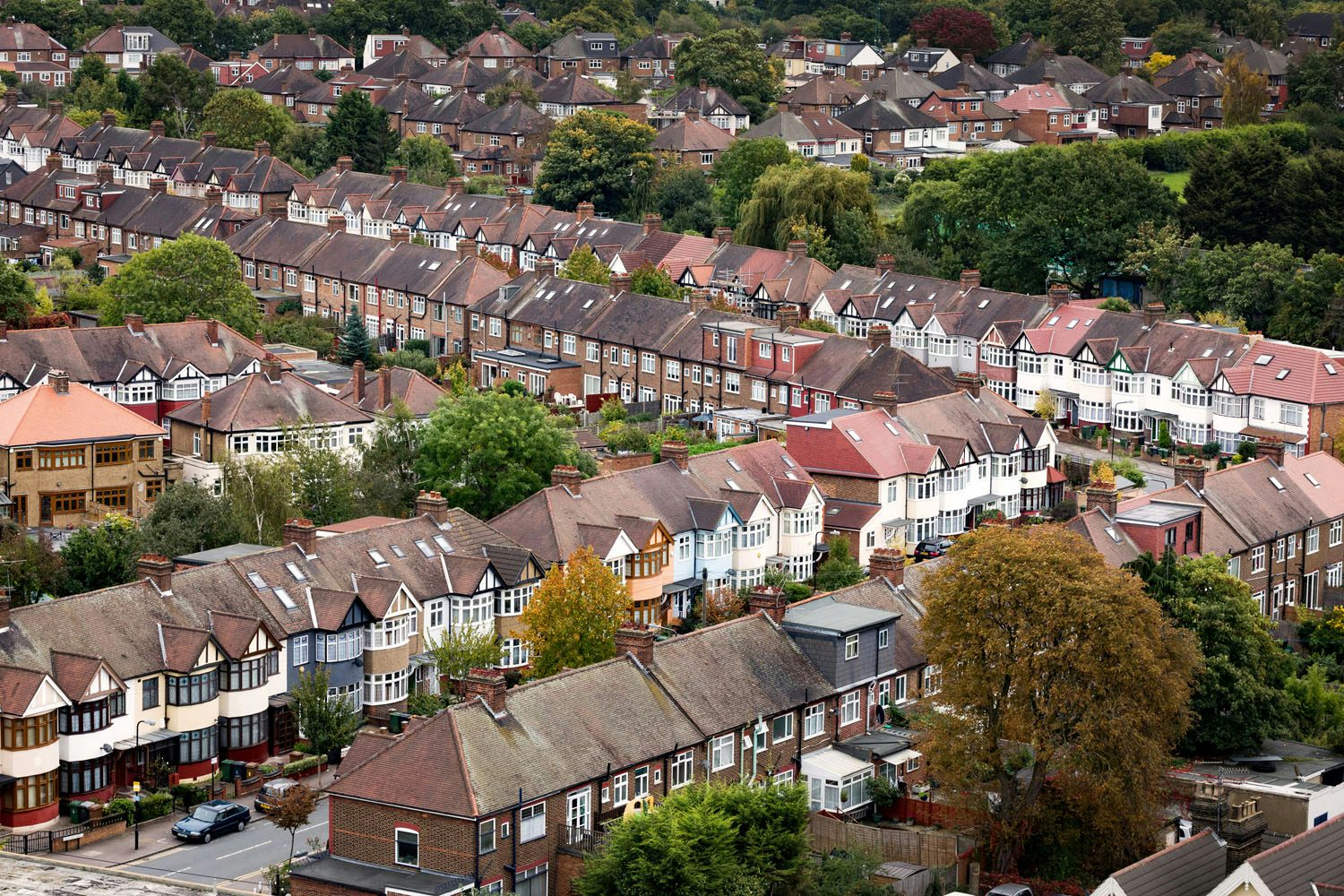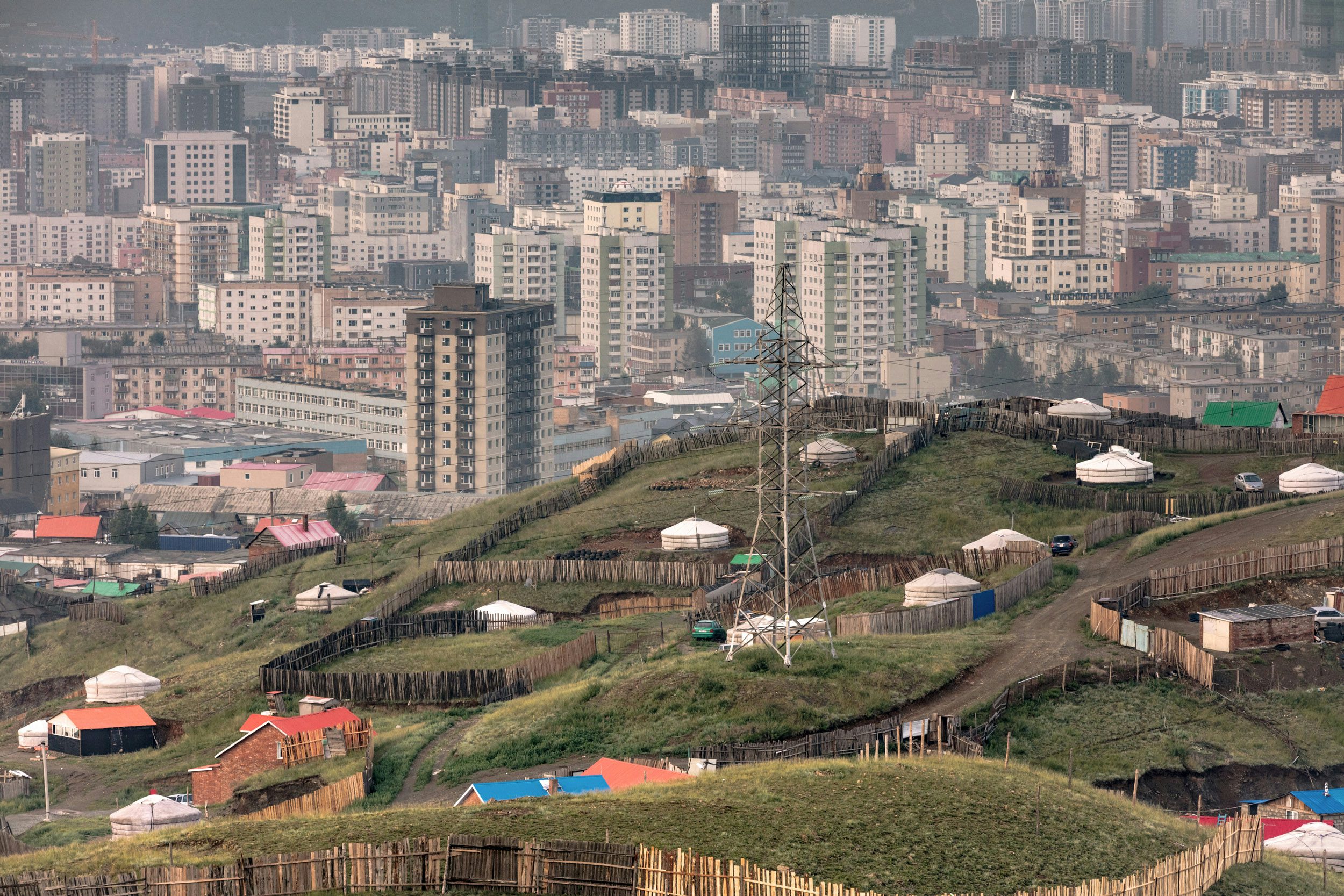CITY: Photographer David Levene’s new book explores urban living
Photographer David Levene’s book CITY begins in Tokyo and ends in Alaska. Images from 62 cities are arranged in order of longitude, taking viewers on a journey from East to West.
His photographs capture daily life in urban environments and reflect some of the major issues facing cities today: there are shots of glittering high rises, urban slums and quiet residential streets, of cities transformed by extreme wealth and rapid development and of people carving out a ‘normal’ life in places affected by conflict or mass displacement.
It also captures the diversity of city life: sunbathers are pictured catching some afternoon rays in Bratislava, young boys play table football amidst tin-roofed houses in Sierra Leone and circular ‘gers’ (traditional yurts) are surrounded by modern high rises in Mongolia’s capital Ulaanbataar.

Levene has spent the past two decades travelling the world as a freelance photographer. Most of the images featured in his book – and an accompanying exhibition at Foyle’s bookstore in London – were shot for the Guardian. Others were taken for NGOs including Oxfam and Save the Children. He decided to compile his images of urban environments after being approached by publisher Bluecoat Press.
“Colin Wilkinson [Bluecoat’s founder] had seen an exhibition of my work for Eyewitness [a daily photo feature in the Guardian] … and asked if I’d like to do a book,” he explains. “It took a while to decide how to compile a body of work. I went away and thought about it and decided that most of my work has been taken in some sort of urban environment, so I thought it would be a good way to bring together what would otherwise be a relatively disparate set of images.”


Arranging images in order of longitude threw up some interesting contrasts: “we started to get these really nice juxtapositions of images from places that are on the same longitudinal lines,” adds Levene. Images are published alongside essays on four cities – Jerusalem, Ulaanbataar, San Francisco and Calais – by Guardian writer Oliver Wainwright.
The book explores extreme poverty and extreme wealth. An image from Dubai (one of the only photographs taken specifically for City) shows the Dubai Frame – a vast building in the shape of a picture frame. The glittering, 150-metre tall structure was built to offer views of ‘old Dubai’ to the north and ‘new Dubai’ to the south. It is a symbol of the city’s transformation – Dubai has changed almost beyond recognition in the past two decades as developers scramble to build record-breaking towers and luxury resorts.

These images of affluence are contrasted with photographs of urban slums, highlighting the stark inequalities that exist in almost every major city.
Levene has documented extreme poverty and hardship in his work with NGOs but says he is often struck by the “vibrancy and warmth” of areas that outsiders might regard as a terrible place to live.
His book challenges the preconceived images we might have of cities that have been affected by conflict and displacement. An image shot in the West Bank shows a mural with the words ‘Make Hummus not Walls’ (a symbol of hope and humour). A photograph of smiling mothers and sisters holding their newborn babies in Gaza captures an uplifting moment in a place often associated with war and suffering.
“I thought that was a really nice thing to include from somewhere like Gaza. Everyone has these images in their mind [of Gaza] but actually it’s a living, breathing city – albeit one in a very difficult and depressing situation,” he says.

“I’m always humbled when I travel to cities and see people having to deal with life in various ways … when you see people that live in really tough conditions. I guess you go to certain places with a preconception in mind of what it might be to live in those harsh circumstances and it’s easy to go there and take a sympathetic view of people but in some ways I find that quite patronising,” adds Levene.
“In some of the harshest places I’ve photographed, people just get on with life as best they know how,” he continues. “I think those Western ideals of what life should be like have been instilled in us and have shaped our perception of what it means to live and exist … but those people only know what they’ve got … and you can find such vibrancy and warmth in the harshest of places. It can be very disarming and unexpected.”

Displacement and the idea of home are key themes in the book. City also explores how the way we live is changing – more than half of the world’s population now live in urban environments and that figure is expected to rise to two thirds by 2050.
Alongside images of skyscrapers and slums, Levene captures the unremarkable parts of cities: the residential areas outside of the tourist zones and business districts. An image of his local neighbourhood in Walthamstow shows streets filled with terraced houses – a scene that could have been taken almost anywhere in London outside of Zone 1.

Levene spent several years shooting for the Guardian’s Eyewitness feature. The Eyewitness photographs featured in City are filled with detail and show Leven’s knack for telling a complex story with a single image. “When Eyewitness first launched, the idea was to [use] pictures taken with a wide angle lens. Everything had to be in focus and there had to be a lot to look at so it tended to be these epic scenes with lots of people and activity and things you could look at for a long time. The idea was to stop people in their tracks when they’re flicking through a newspaper … [by] having this massive picture that you could look at for some time and investigate.”

These “epic” shots are balanced with photographs from other assignments for the Guardian and humanitarian organisations. Levene often travels abroad with journalists and works closely with them to illustrate and document investigative reports. He also works on video and VR projects for the Guardian. He travelled to Bangladesh to document conditions in clothing factories for interactive project The Shirt on Your Back and was Director of Photography on First Impressions, a VR project that explores how babies develop in the first 12 months of their life.
His book offers a fascinating look at urban life around the world and documents some remarkable places and stories.

City is published by The Bluecoat Press and costs £25. You can order copies at foyles.co.uk.
Selected photographs from the book will be on display in the Gallery at Foyles, 107 Charing Cross Road, London WC2H 0EB from November 16 to December 7.
David Levene will be discussing the book with Chris Michael and the Guardian’s picture editor Roger Tooth (who also edited City) in an event at Foyles on December 4. Tickets cost £8 (details at foyles.co.uk).
The Guardian has teamed up with The Printspace to produce five limited edition prints of Levene’s photographs. These will be available to buy from the ‘In Pictures’ section of the Guardian’s website from Thursday November 16.












